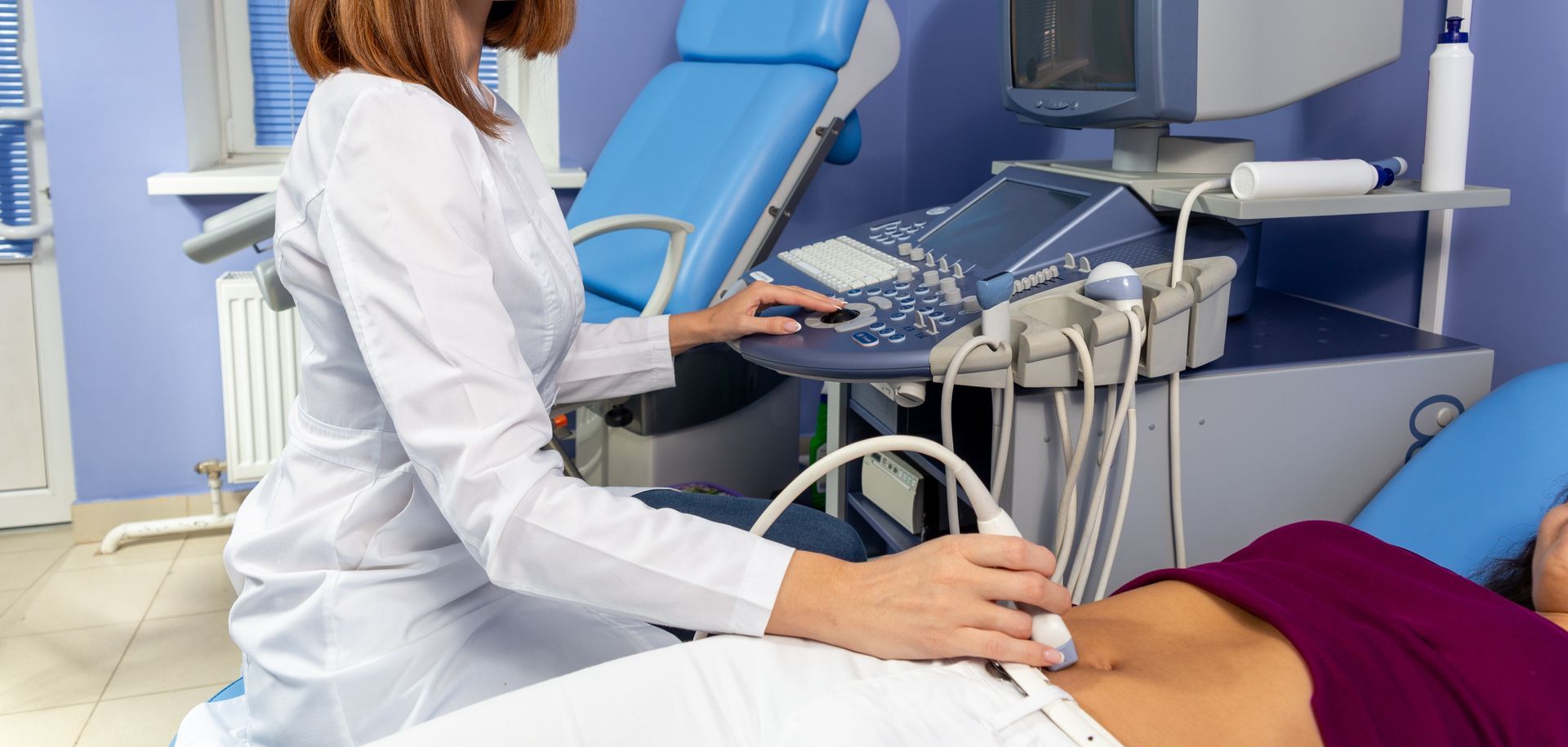Recent Posts
How to Reduce Swelling After Wisdom Teeth Removal

Going to the dentist is one of those activities that is seldom on anyone’s list of favorite things. Yet, doing so regularly is essential to preserve oral health. And, while some people put off scheduling routine teeth cleanings, there are instances when certain conditions require prioritizing such a visit. This is the case with wisdom teeth. For some individuals, these teeth cause chronic pain and infections, among other recurring ailments. But what, exactly, is the role of wisdom teeth? Why do they cause so many issues? And what can you do to reduce swelling after their removal?
What are wisdom teeth?
Wisdom teeth are a third set of molars, located in the back of your mouth. They get their peculiar name because — as opposed to the rest of your teeth — they appear in the late teens or young adulthood. In some individuals, wisdom teeth grow without any issues. When this happens, they help a person chew better. However, for many other people, there isn’t enough space on the back of their gums for a new set of teeth to surface comfortably.
Why are wisdom teeth removed?
In addition to discomfort, when wisdom teeth don’t have enough room to grow, they either come in partially, come out in the wrong position, or they are impacted — which means they are stuck right under the gum line. Either one of these scenarios can become extremely painful. They can also cause additional issues, such as:
- Food becomes trapped, increasing the risk of cavities
- They give bacteria a better place to enter the bloodstream
- They could damage the roots of nearby molars
- They could damage the bones that support your teeth
- They make it difficult to floss around your molars
- If you’ve had braces, they can affect the alignment of your teeth
As a result of these issues, you may end up with cysts, gum disease, recurring infections, tumors, damage to neighboring teeth, and/or tooth decay. For these reasons, your dentist would recommend getting your wisdom teeth removed.
How to Reduce Swelling After Wisdom Teeth Removal
Removing your wisdom teeth requires oral surgery. As such, it’s common to experience swelling afterward — often peaking within three days after the procedure. Fortunately, there are several things you can do at home to reduce swelling and obtain relief:
1. Follow Instructions on Oral Care
Your dentist will give you instructions on how to best take care of your oral health post-procedure. Follow them, regardless of whether you’re too tired or they seem burdensome. If they cause any discomfort, talk with your dentist to see if they recommend any modifications. Keep in mind that these discomforts may also signal that something else needs to be addressed, so don’t keep them to yourself.
2. Rinse With Salt Water
Rinsing with salt water will help keep the gumline clean. This is because salt is antibacterial — and in addition to preventing infections, it could get rid of those in its initial stages. To do so, mix a teaspoon of salt into eight ounces of warm water. Rinse for one minute, three or four times a day. Swish the water around your mouth gently, then spit it out into your sink.
3. Use a Cold Compress
An ice pack or cold compress will help reduce swelling and decrease pain. If you use ice, wrap it in a towel. The reason why you should wrap ice is because direct contact with your skin could damage skin tissue and affect blood flow. Hold the cold pack over where the tooth extraction took place for about 15 minutes. Alternate holding it for that timeframe over both sides of your face for the first 24 hours after your wisdom teeth were removed.
4. Use a Heating Pad
Switching to a heating pad after the first 24 hours post-tooth extraction will help promote blood flow. Apply the pad on your face, directly above the affected area, and leave it on for 15 – 20 minutes at a time — alternating with the other side of your face if you had wisdom teeth removed from both sides. Do this for several days after the procedure, until you start to notice the swelling going down.
5. Keep Your Head Elevated
Take some time to allow your body to heal. Spend time sitting or lying down with your head elevated. Use several pillows when you go to sleep at night for up to five days after the wisdom teeth extraction. Doing so will prevent blood from pooling around the gumline where the wisdom teeth were removed. It will also promote better blood flow, which will reduce swelling.
If You Need to Remove Your Wisdom Teeth, Let Us Help You
At St. Hope, we serve many patients living with a myriad of medical conditions. We believe that treating people with compassion is as important as the medicine they receive. We foster a trusting patient/medical provider relationship to ensure that everyone who walks through our doors feels comfortable and receives the care they deserve — and we do so in-person and online.
We take same-day appointments, accept all insurance plans, and welcome walk-ins. Call us at 713-778-1300 or visit us at one of our five locations or schedule a televisit.









